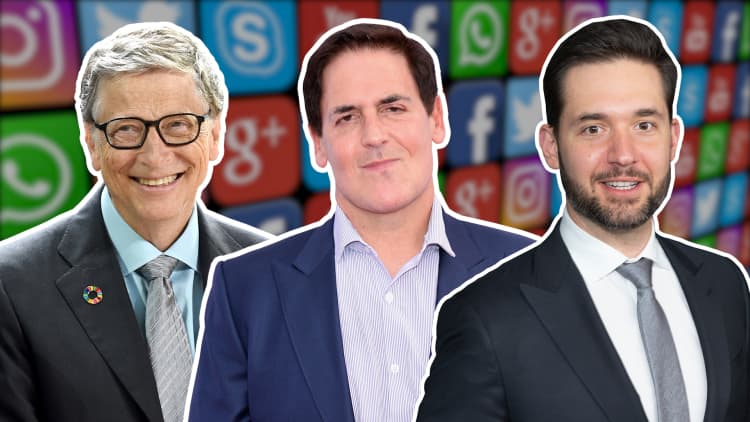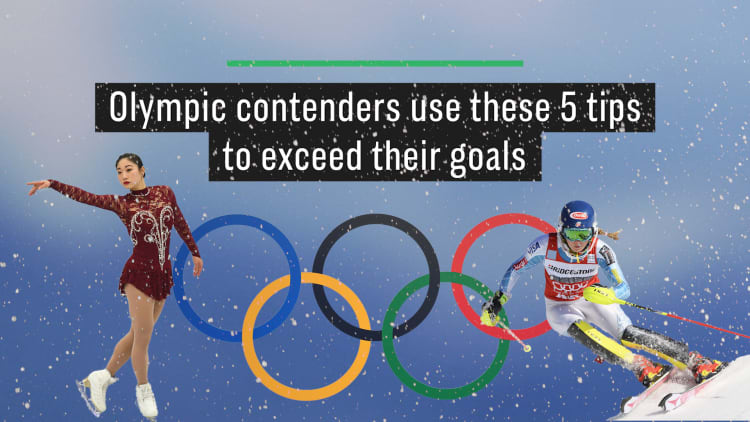Setting and achieving realistic goals is difficult for anyone — including Bill Gates. While the Microsoft founder was a master coder, he struggled with project management in the company's earliest days.
Later, a special goal-setting strategy — the OKR method — would help him tackle two passions at the same time: running his company and starting the Bill and Melinda Gates Foundation.
The OKR method was first pioneered by former Intel CEO Andy Grove, a man Gates considers "one of the great business leaders of our time." Intel was an early Microsoft customer and Grove's ideas shaped Gate's approach to management and strategy. Groves' ideas were further developed by Silicon Valley venture capitalist John Doerr, who recently popularized the OKR tactic in a viral TedTalk. The method is used by top tech companies such as Google, Zynga, LinkedIn and even Bono's ONE organization, tackling debt relief and access to anti-HIV drugs across the globe.
"As much as I hate process, good ideas with great execution are how you make magic. And that's where OKRs come in," Alphabet CEO and Google co-founder Larry Page wrote in Doerr's latest book, "Measure What Matters." "OKRs have helped lead us to 10x growth, many times over. They've helped make our crazily bold mission of 'organizing the world's information' perhaps even achievable. They've kept me and the rest of the company on time and on track when it mattered the most."

OKR stands for "objectives," which is what someone wants to accomplish, and "key results," or the plan to get that task done, according to Doerr. Objectives are significant, action-oriented and aspirational. "They're a kind of vaccine against fuzzy thinking"
Key results refer to how objectives will be met. Good results are specific, time-bound, aggressive and realistic, Doerr noted. "They're measurable, and they're verifiable. Those are good key results," he said.
To maximize OKRs, be disciplined about the number of objectives you create. Any level of an organization should really only have two to five objectives with around three key results each, Doerr explained in Harvard Business Review. This ensures that you and your team stay focused and work only on the most important tasks, he said.
Each objective and key result should be written clearly and transparently. These ideas should be instantly understandable and shareable since alignment across a team is essential for any sort of change.
And don't be afraid to think big. After all, the method is used by big companies such as Google to tackle moonshot-type projects. Said Doerr, "If you're getting 100 percent of your OKRs done, that's not good. You probably weren't aggressive enough. A good grade at Intel or Google would be 70 percent."
Gates was introduced to the OKRs in the 2000s, by the foundation's then-CEO Patty Stonesifer. "I was still running Microsoft, and my time was limited, and Patty had to make things very efficient between us," Gates wrote in Doerr's latest book, "Measure What Matters." "The goals process was a big part of that."

Gates noted that OKRs helped him make hard decisions, like rejecting help with the foundation even when there were seemingly great opportunities.
"There were two cases where I turned down a grant in the end because the goals weren't clear enough," Gates shared. "The OKR system made me confident I was making the right call."
Understanding the 'what' and 'how' of goal-setting helped stop unrealistic goals dead in their tracks. "There were two cases where I turned down a grant in the end because the goals weren't clear enough. The OKR system made me confident I was making the right call," Gates wrote.
OKRs can help people distinguish between missions and goals. "A mission is directional," wrote Gates. "An objective has a set of concrete steps that you're intentionally engaged in and actually trying to go far," he wrote.
Ultimately, Gates explained that "it's fine to have an ambitious objective," but it's crucial for you to consider how you can actually measure your progress.
"Having a good mission is not enough," Gates wrote. "You need a concrete objective, and you need to know how you're going to get there."
Like this story? Subscribe to CNBC Make It on YouTube!
- 'Crazy Rich Asians' star Awkwafina got fired, rejected and made $9 an hour
- This simple tweet from Elon Musk shows the power of saying 'thank you'


